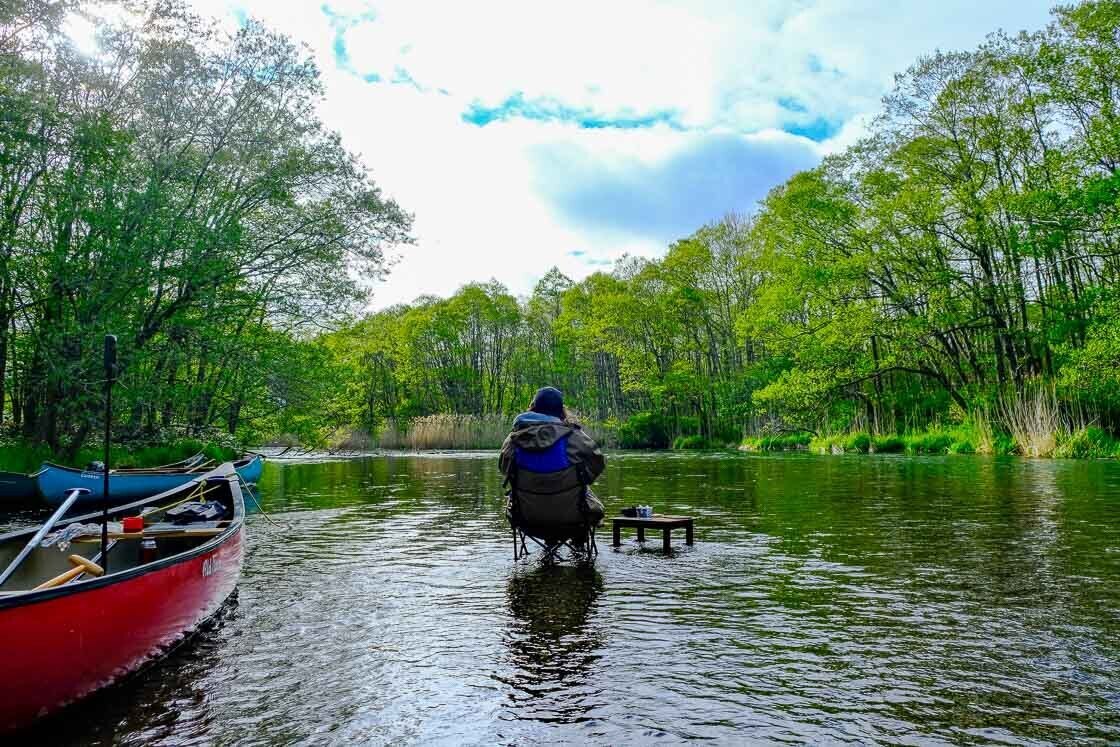JAPAN RAIL PASS: Your Gateway to Nature and Adventure
If you're dreaming of a journey through Japan's untouched nature and wide-open landscapes, the JAPAN RAIL PASS is just the ticket. With this one pass, you can travel across Japan's extensive JR train network, including shinkansen and local trains, without having to buy a ticket each time. Whether you're hiking through coastal forests or soaking in an onsen by a volcano, the JAPAN RAIL PASS lets you move freely and discover some of Japan's most breathtaking scenery.
The JAPAN RAIL PASS is perfect for travelers looking to explore Japan by train, whether you are interested in scenic train journeys, volcano tourism, or outdoor adventures in Japan.
What is the JAPAN RAIL PASS?
The JAPAN RAIL PASS is a convenient and cost-effective travel pass available exclusively to foreign tourists and eligible Japanese nationals living abroad (conditions apply). It offers unlimited travel on JR trains throughout Japan, including most shinkansen bullet trains (Nozomi and Mizuho are available if you purchase a special ticket), as well as local and limited express lines.
The pass comes in three durations to suit different travel plans: a 7-day pass for 50,000 yen, a 14-day pass for 80,000 yen, and a 21-day pass for 100,000 yen (adult prices for ordinary cars). With a single pass, you can explore not only Japan's major cities but also its hidden gems and scenic countryside - without the hassle of buying individual tickets along the way.
While there are a few different ways to purchase the JAPAN RAIL PASS, booking through the official reservation website - JAPAN RAIL PASS Reservation - comes with added benefits that make your journey even smoother.
By using the official site, you can:
- Reserve your seats up to one month before your travel date
- Choose your preferred seat location, such as a window or aisle seat
- Secure space for oversized baggage in advance
These exclusive features can help you travel with greater ease and peace of mind - especially during busy seasons or long-distance trips.
Explore Hokkaido's volcanic terrain: Mt. Io and Kawayu Onsen
In eastern Hokkaido lies Mt. Io, an active sulfurous volcano near the town of Teshikaga. Locally known as "Atosa-nupuri," which means "naked mountain" in the Ainu language, it is named for its barren slopes that lack vegetation and constantly emit steam from more than 1,000 fumaroles.
This destination is perfect for fans of volcano tourism and geothermal landscapes. Visitors interested in Japan's natural wonders will enjoy experiencing this active volcanic site up close.
From the 1870s to the 1950s, Mt. Io operated as a sulfur mine, supporting the region's economic growth. Today, its role has shifted from industry to tourism. You can learn about its past at MOKMOK Base, a small on-site exhibition that reopened in 2023.
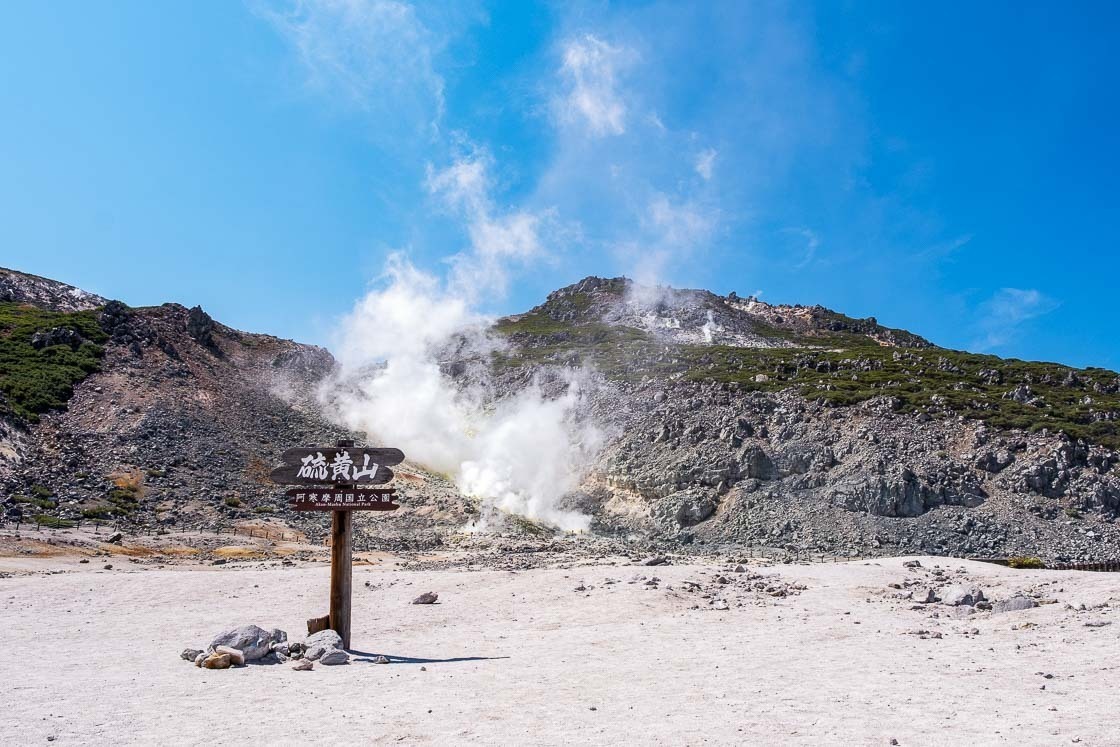
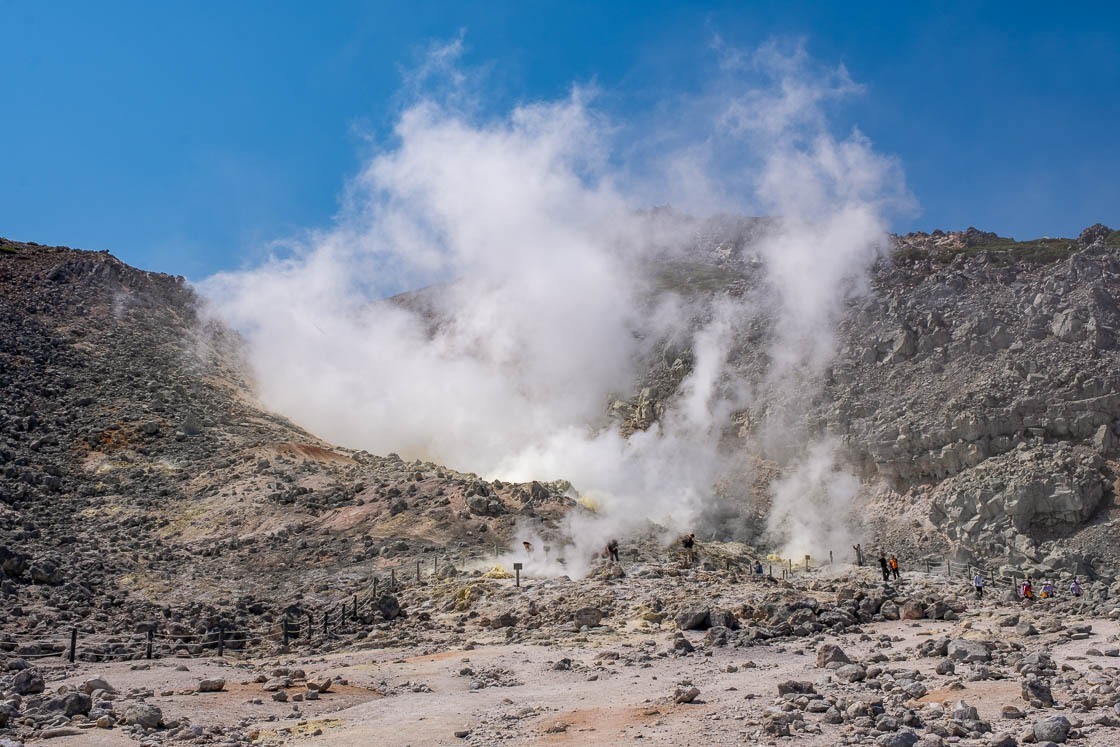
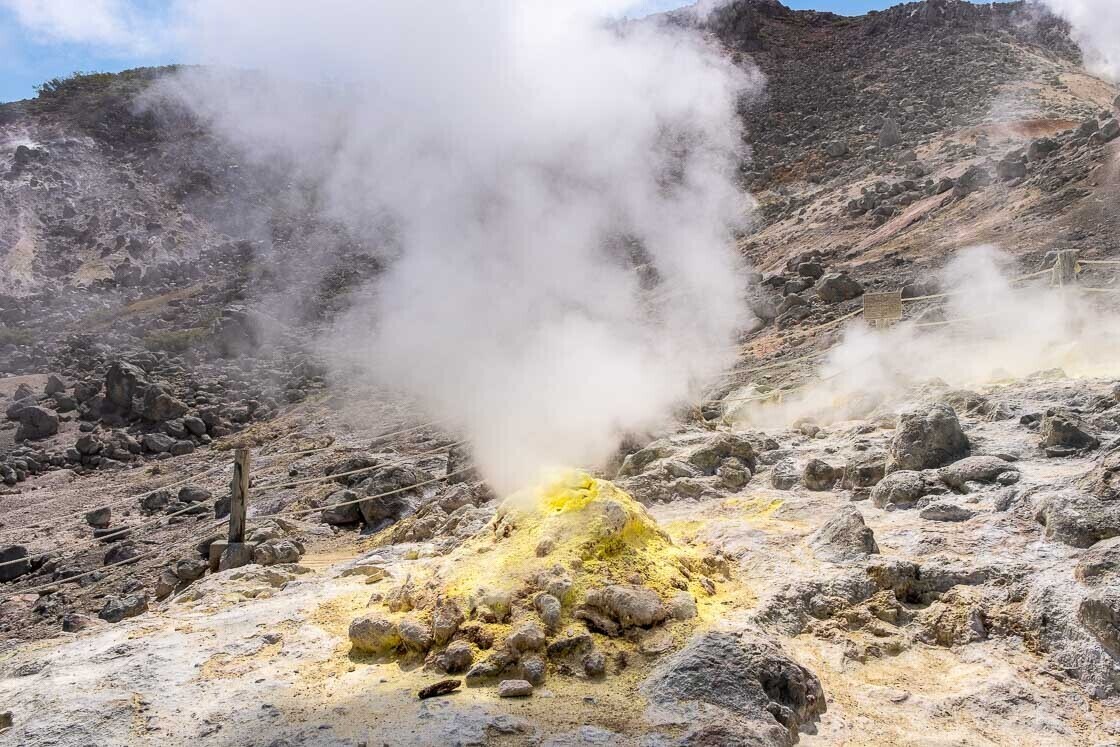
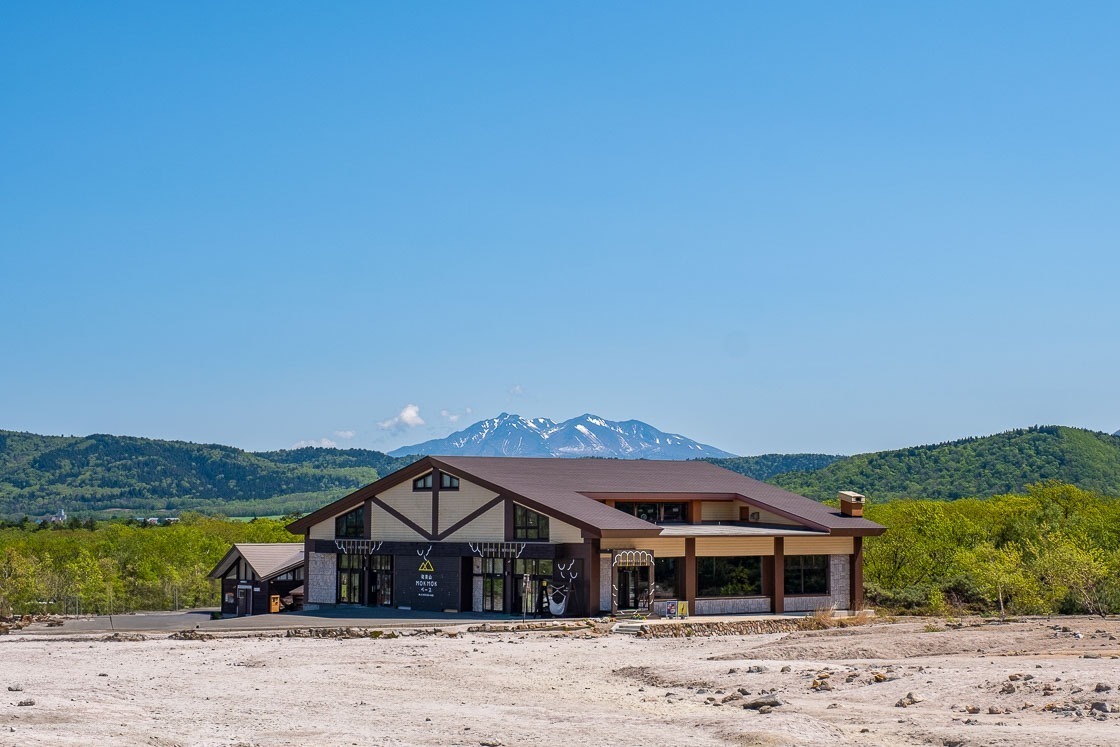
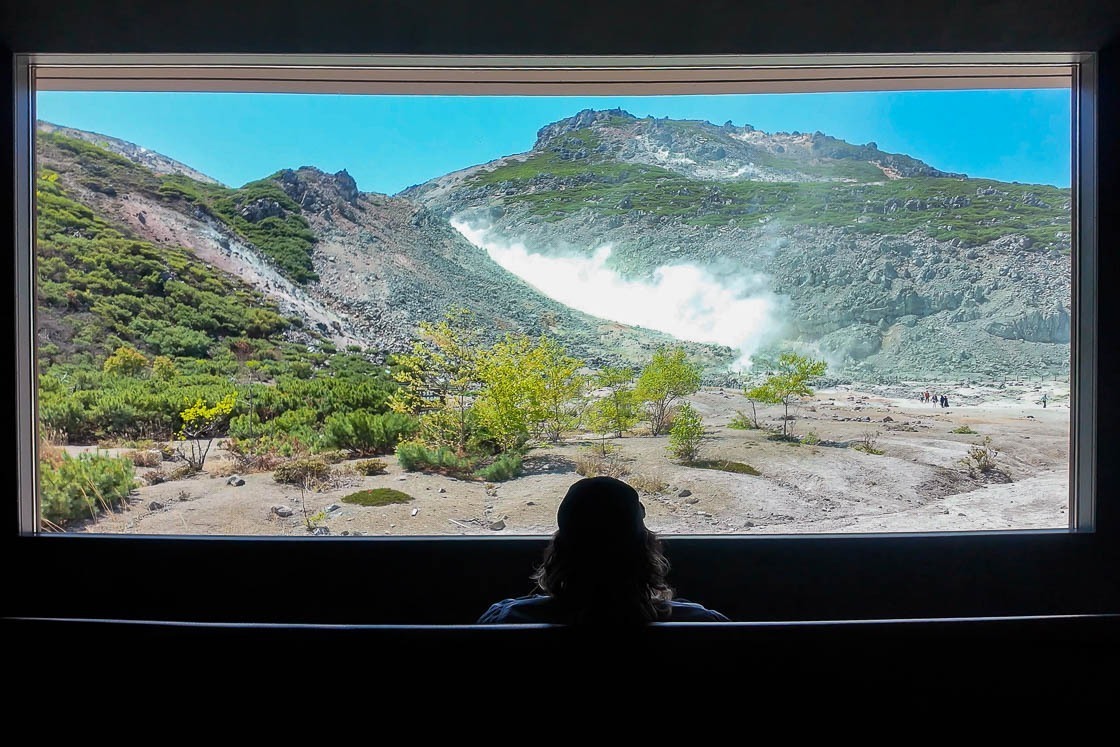
From the parking area, a short walk takes you across gravel terrain right up to the roaring vents. The smell of sulfur lingers in the air, and steam rises visibly from the earth, creating a striking and immersive natural setting.
Nearby, Kawayu Onsen has welcomed visitors for over a century with its mineral-rich hot springs. The water, high in sulfur content, is said to warm the body to the core and relieve fatigue. Free public footbaths along the walking routes make it easy to take a relaxing break during a hike. You can also try canoeing on nearby Lake Kussharo, available year-round. This tranquil experience lets you glide across still waters surrounded by forested hills, offering a peaceful connection with nature.
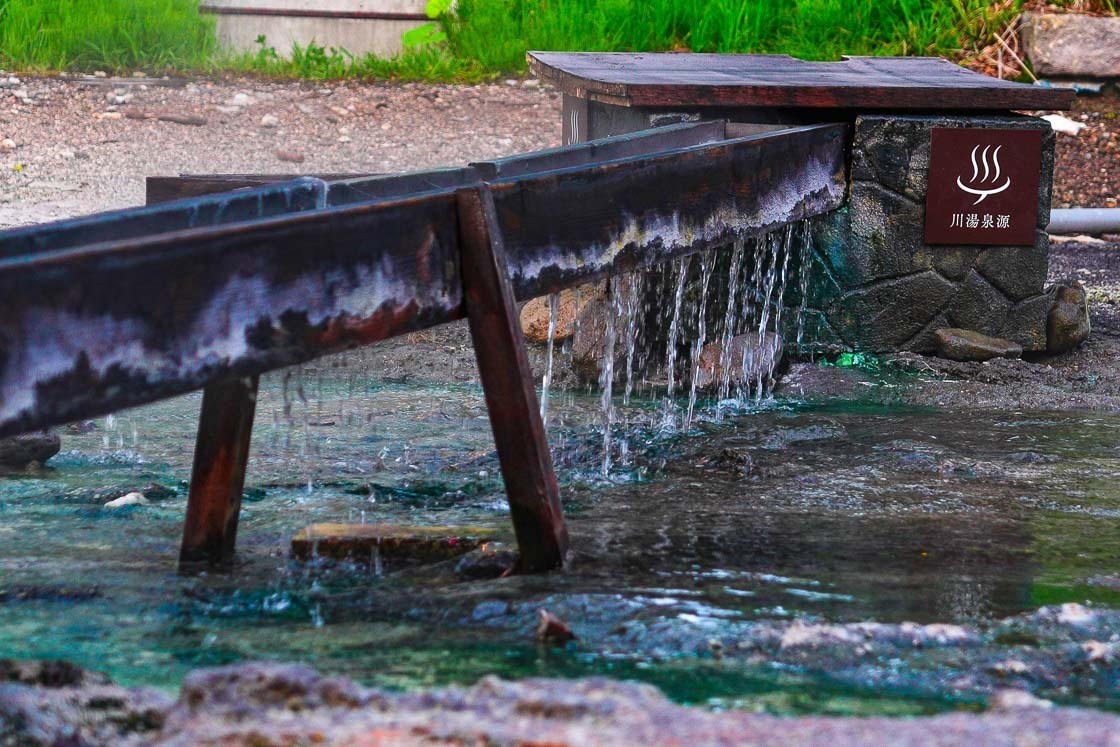
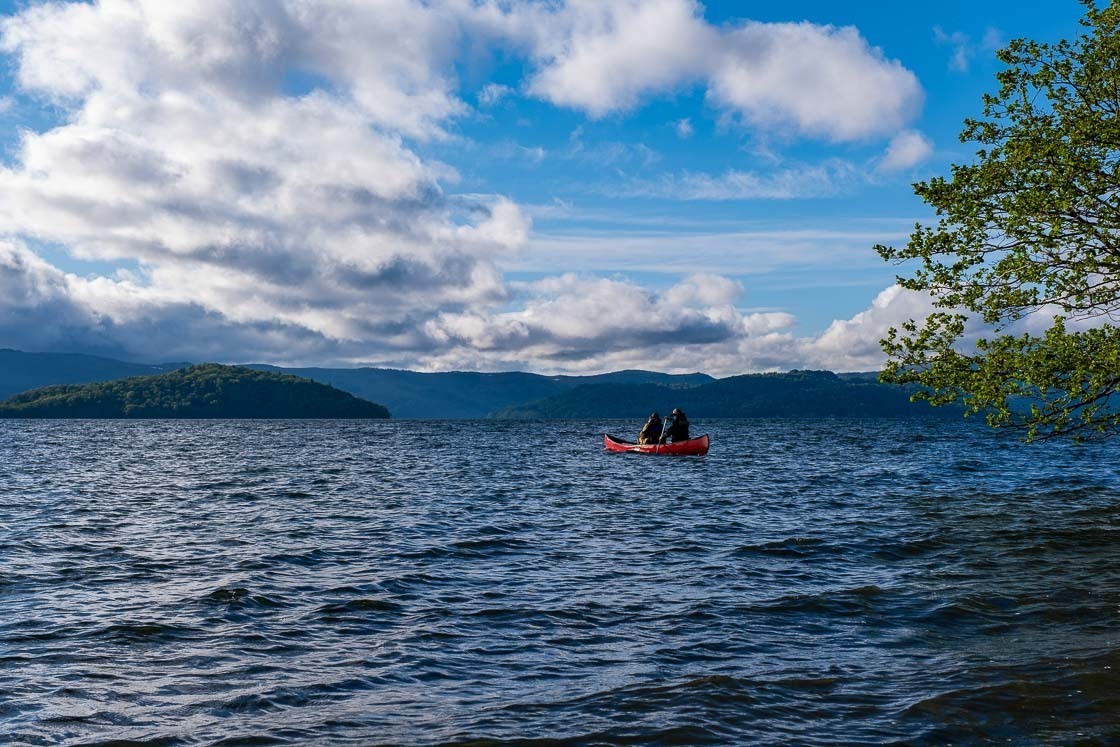
This region is most easily accessed via the Senmo Main Line, a 166-kilometer scenic route connecting Kushiro and Abashiri. The train passes through the wetlands of Kushiro - home to Japanese red-crowned cranes - then continues through Akan-Mashu National Park and coastal landscapes near Shiretoko. Each section offers unique scenery that transforms with the seasons, making it a must-do for fans of scenic train journeys in Hokkaido.
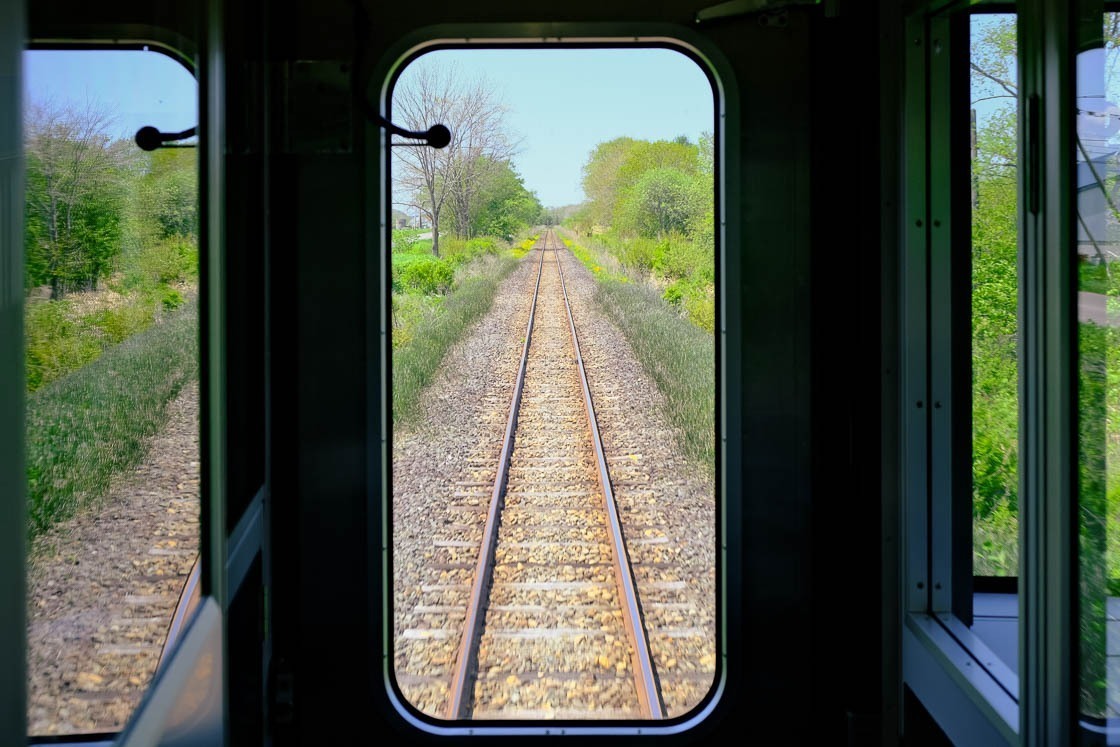
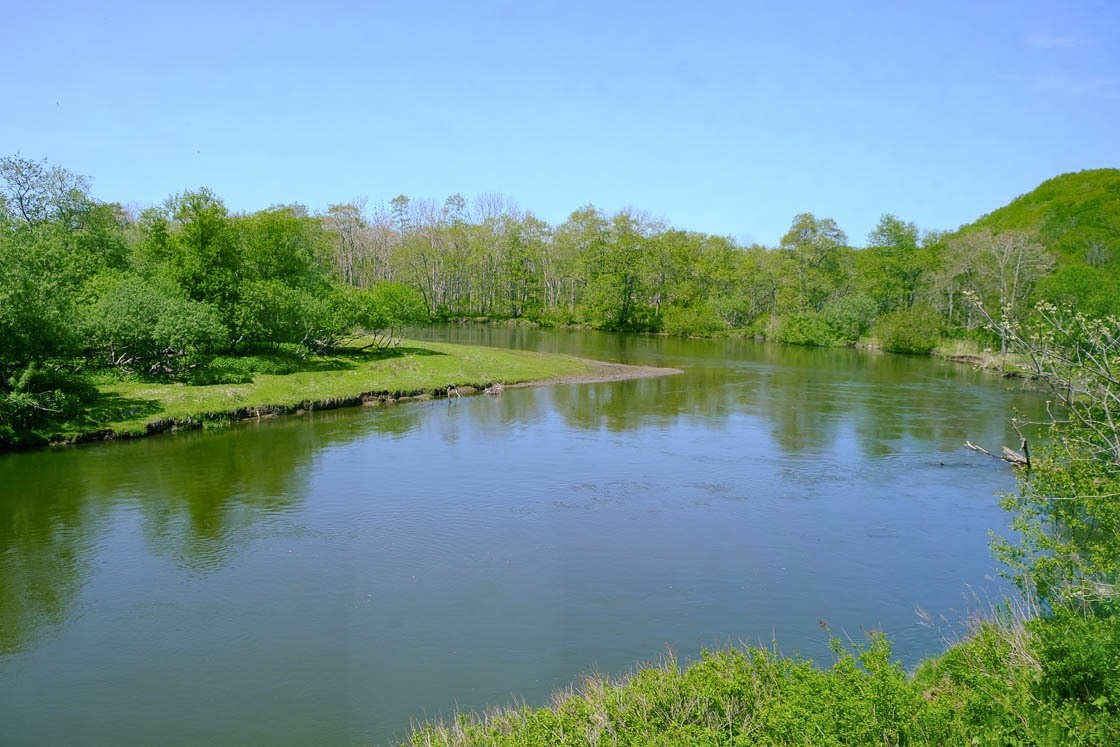
Travel along Hokkaido's western coast on the Limited Express Hokuto
The Limited Express Hokuto links Hakodate and Sapporo, tracing a path along Hokkaido's western shoreline. The train glides past Mt. Komagatake and Uchiura Bay (also known as Funka Bay), offering scenic views of volcanic peaks and calm coastal waters.
This ride is a great way to enjoy the scale and serenity of Hokkaido's landscape from the comfort of your seat. Clear days often reveal sweeping sea views, making this route particularly memorable.
For travelers heading north from Japan's main island, the Hokkaido Shinkansen connects Honshu and Hokkaido via the Seikan Tunnel - the world's longest undersea tunnel at 53.85 kilometers. It is a smooth and quiet journey from Aomori into southern Hokkaido, offering seamless access to the island's stunning nature.
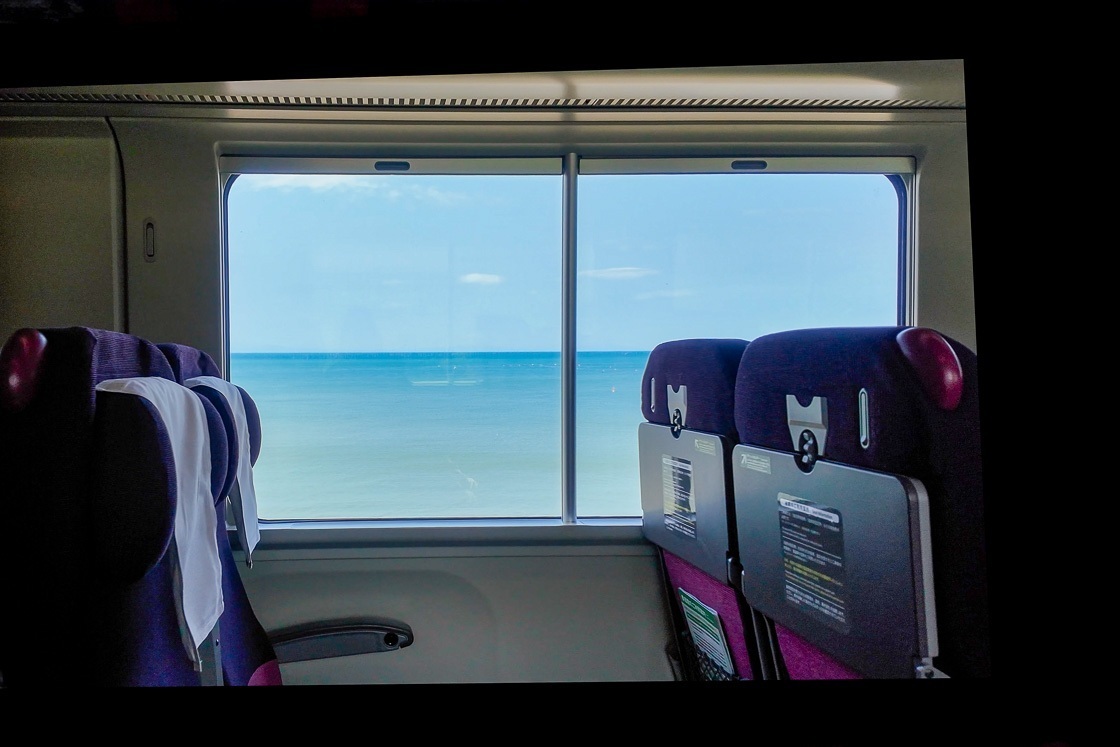
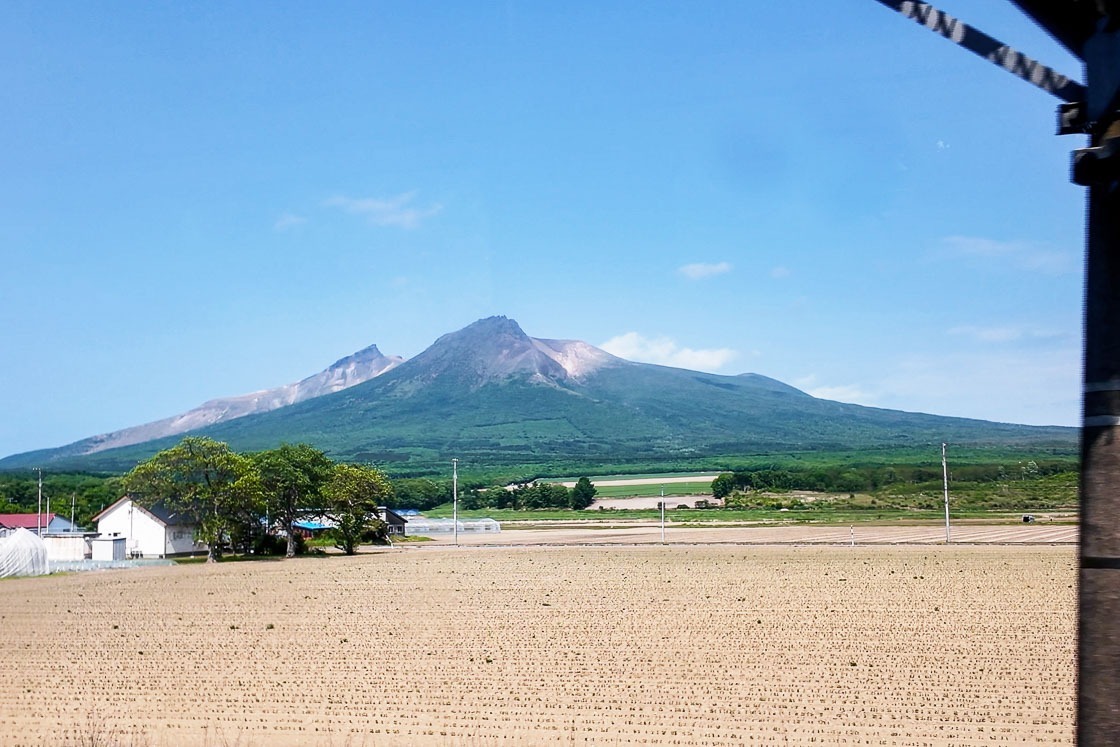
Coastal hiking in Tohoku: the Michinoku Coastal Trail
After exploring Hokkaido, consider returning to Honshu (Japan's main island) to experience the Pacific coastline of the Tohoku region. One standout destination is the Michinoku Coastal Trail, a long-distance hiking trail stretching over 1,000 kilometers from Aomori to Fukushima Prefecture.
The trail was developed as part of Japan's Green Reconstruction Project following the Great East Japan Earthquake in 2011. Completed in 2019, it connects a series of communities along the Sanriku Coast, highlighting both natural beauty and the resilience of the region's people. The route weaves through dynamic coastal terrain - seaside cliffs, pine forests, rural hamlets, and areas of cultural significance - offering an immersive way to explore the Tohoku landscape on foot.
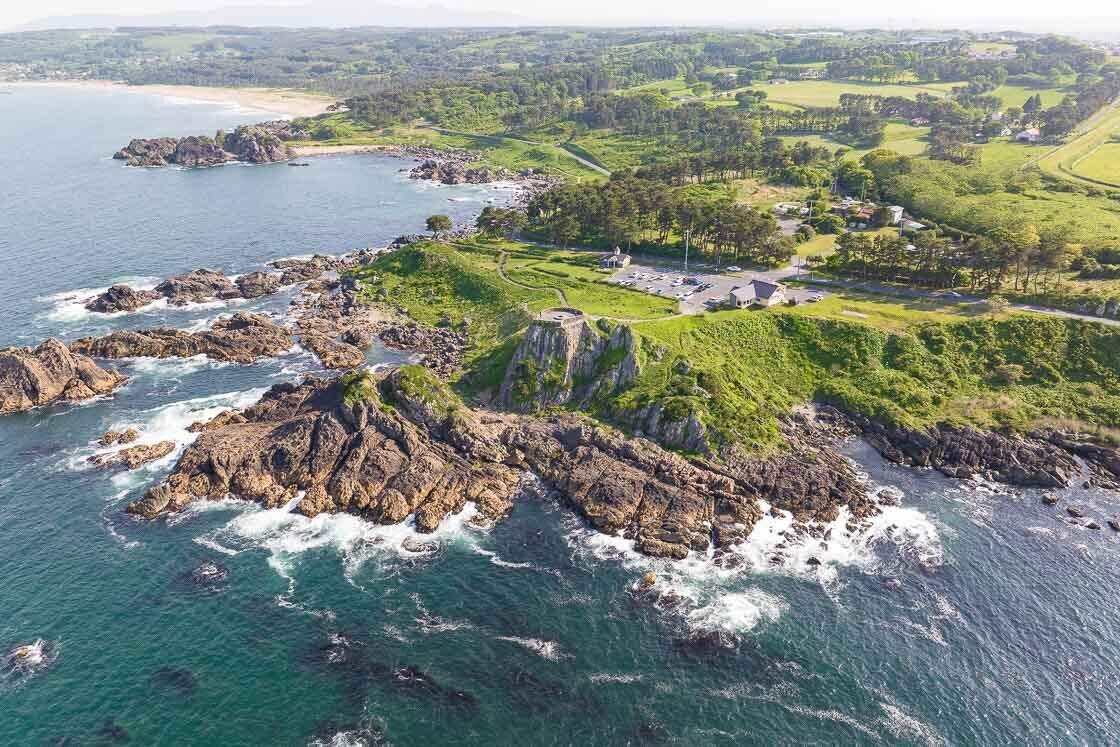
This long-distance hiking route is one of Japan's best options for eco-tourism and sustainable travel, offering scenic hiking trails and immersive outdoor experiences for nature lovers.
A particularly accessible trail section begins in Hachinohe, Aomori Prefecture. From the city center, take the JR Hachinohe Line to Same Station, a small seaside stop located just minutes from the ocean. Nearby lies Kabushima Island, a nesting ground for thousands of black-tailed gulls (umineko) from March to August. As Japan's only site where visitors can walk among the birds during breeding season, the island is designated a Natural Monument and protected for its ecological importance.

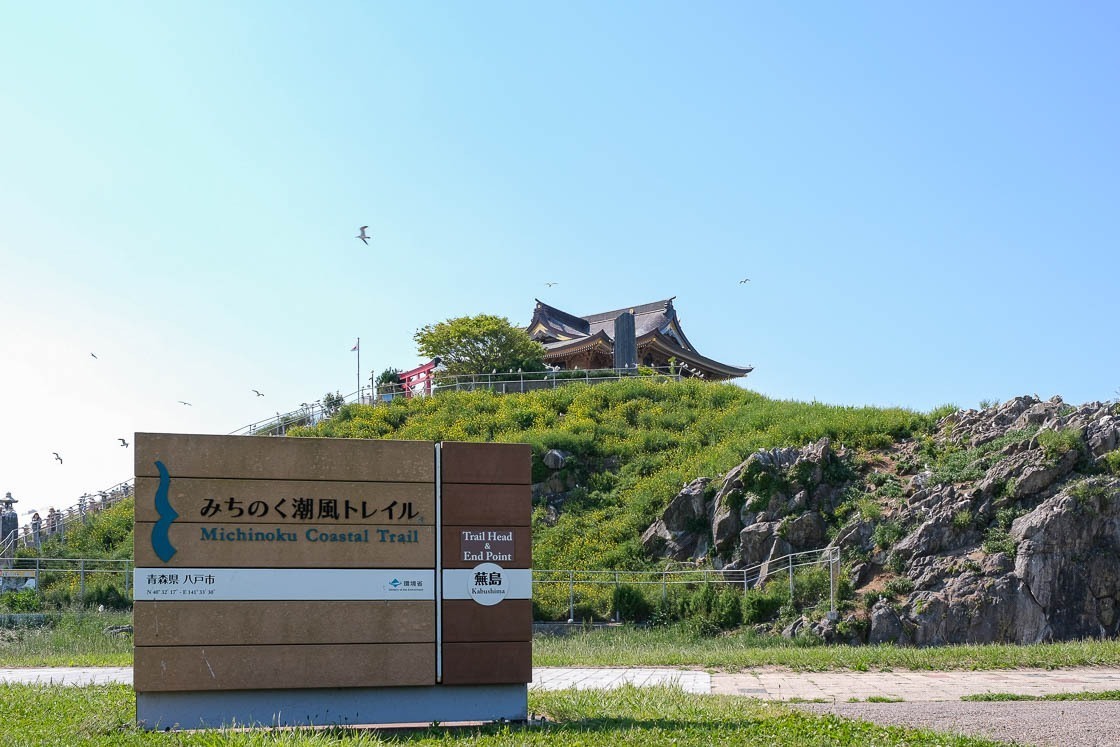
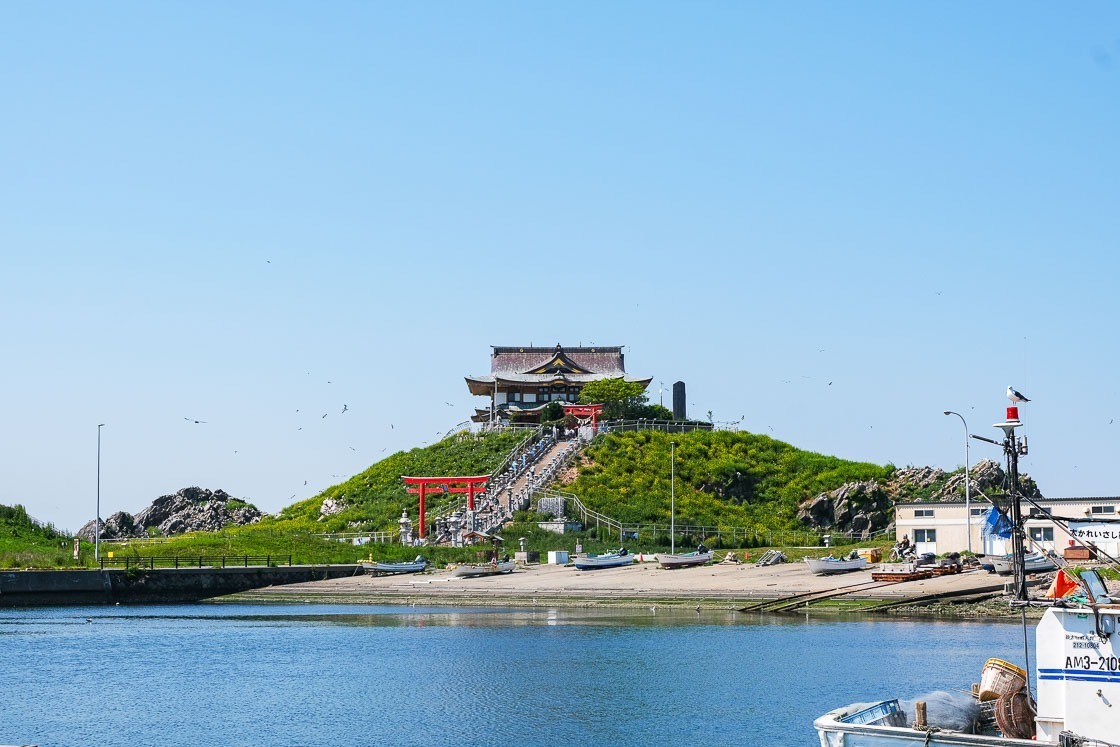
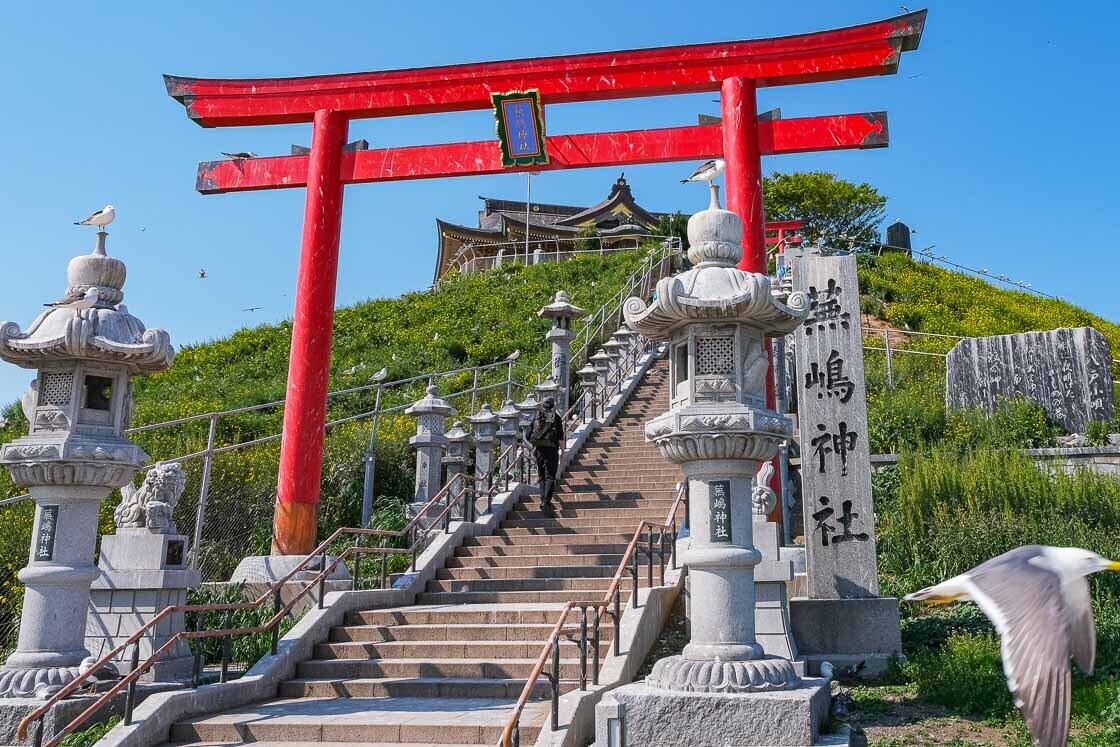
The trail then leads to Ashigezaki Observatory, a scenic overlook offering panoramic views of the Pacific. From there, the path descends to Osuka Beach, where long, sweeping sands create a dramatic contrast with the sea. This area is home to "singing sand" - a phenomenon where the clean grains emit a squeaking sound underfoot. Walking barefoot here, with only the sound of waves around you, brings a deep sense of connection to the natural world. Finally, the route transitions through seasonal flower fields and rocky shorelines, reaching the open grassy plains of Tanesashi Coast.
Though scenic, the route demands some endurance. Long stretches of uneven terrain and exposed coastline make it one of the trail's more rewarding yet physically demanding sections. Still, the views - and the quiet moments they invite - are well worth the effort.
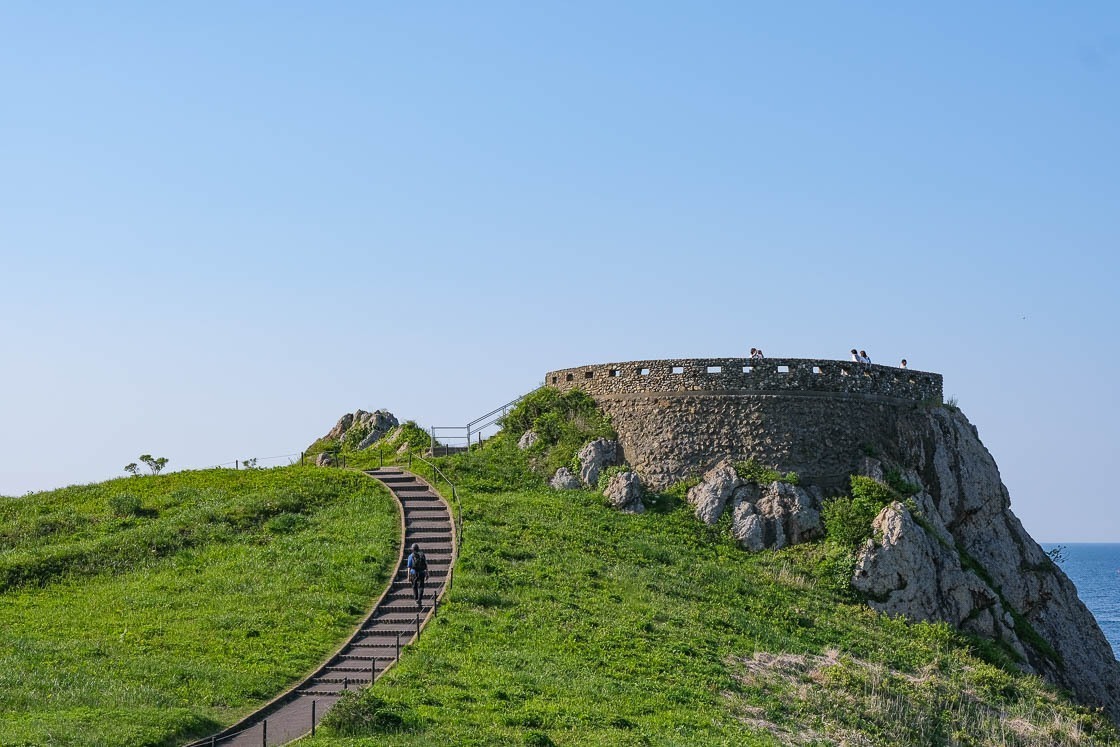
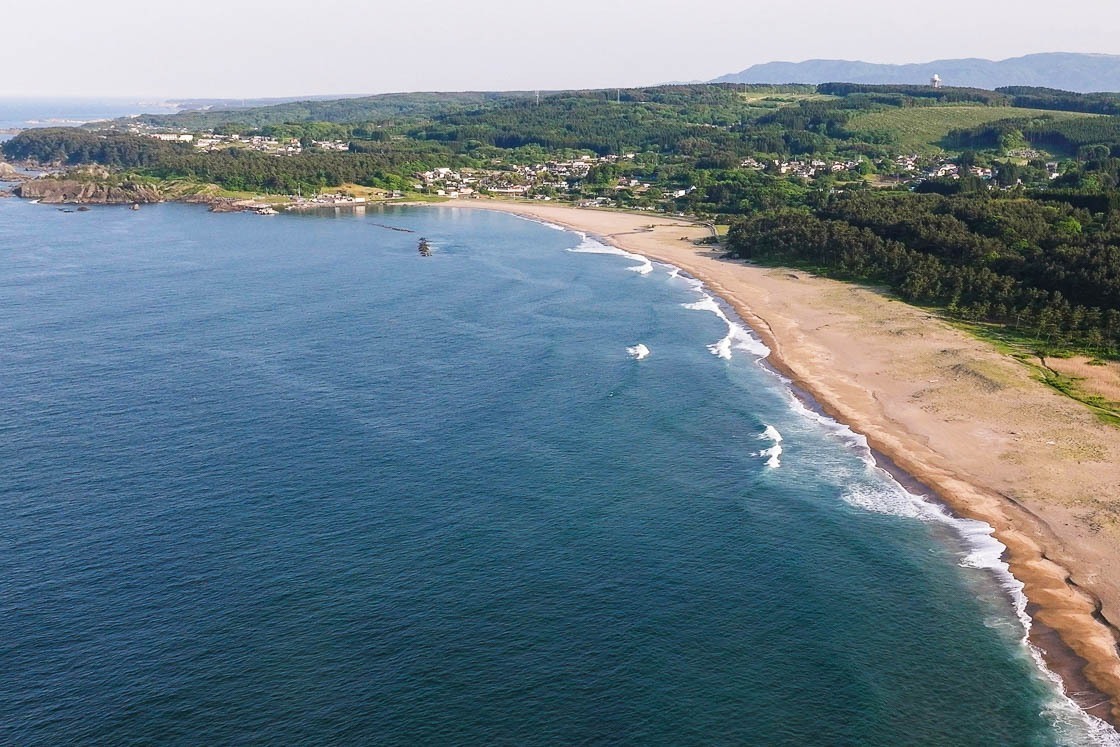
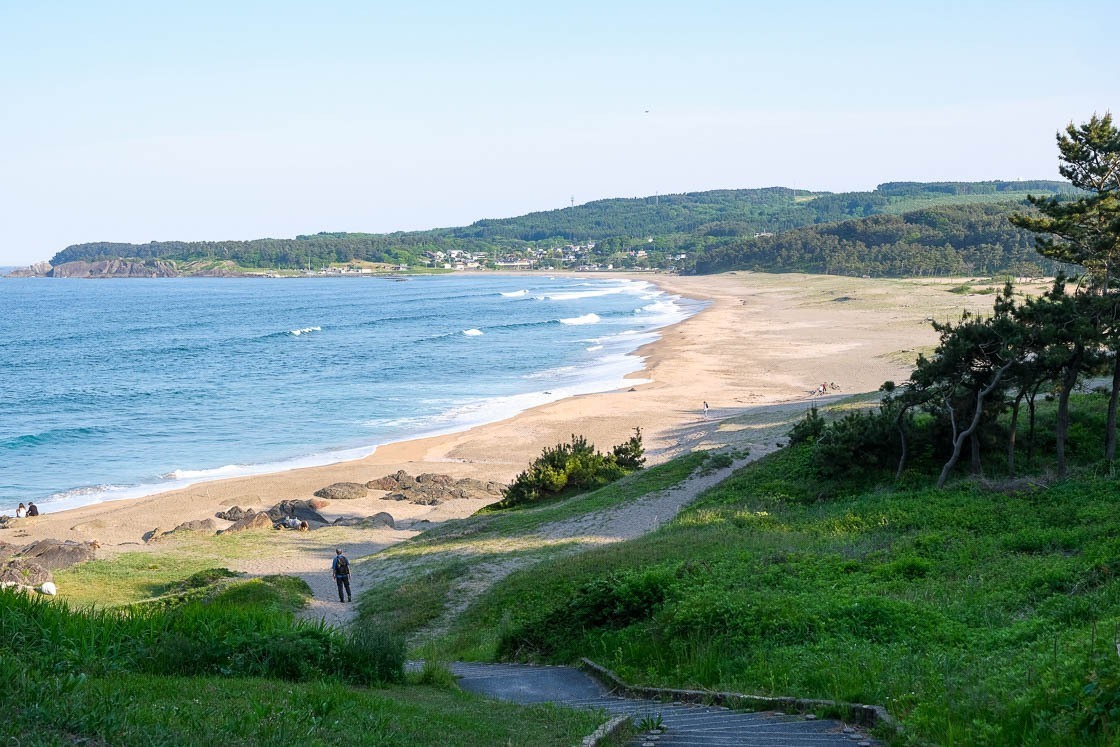
Flexible travel at your own pace
Whether you're pausing for a lakeside break, hiking along the sea, or taking in sweeping views from your train window, the JAPAN RAIL PASS makes spontaneous travel easy. No need to queue for tickets or worry about fare adjustments - just hop on and go.
Beyond the cities, Japan's quieter countryside offers a different kind of journey. From eco-tourism experiences and volcano tourism to birdwatching and coastal walks, this is your chance to discover sustainable travel options in rural Japan.
Bathe in the warmth of a volcanic onsen, walk a trail embraced by ocean breezes, and rediscover stillness in Japan's rural landscapes. With the JAPAN RAIL PASS, these moments are just a train ride away.
For more on this nature adventure, check out this video here!
